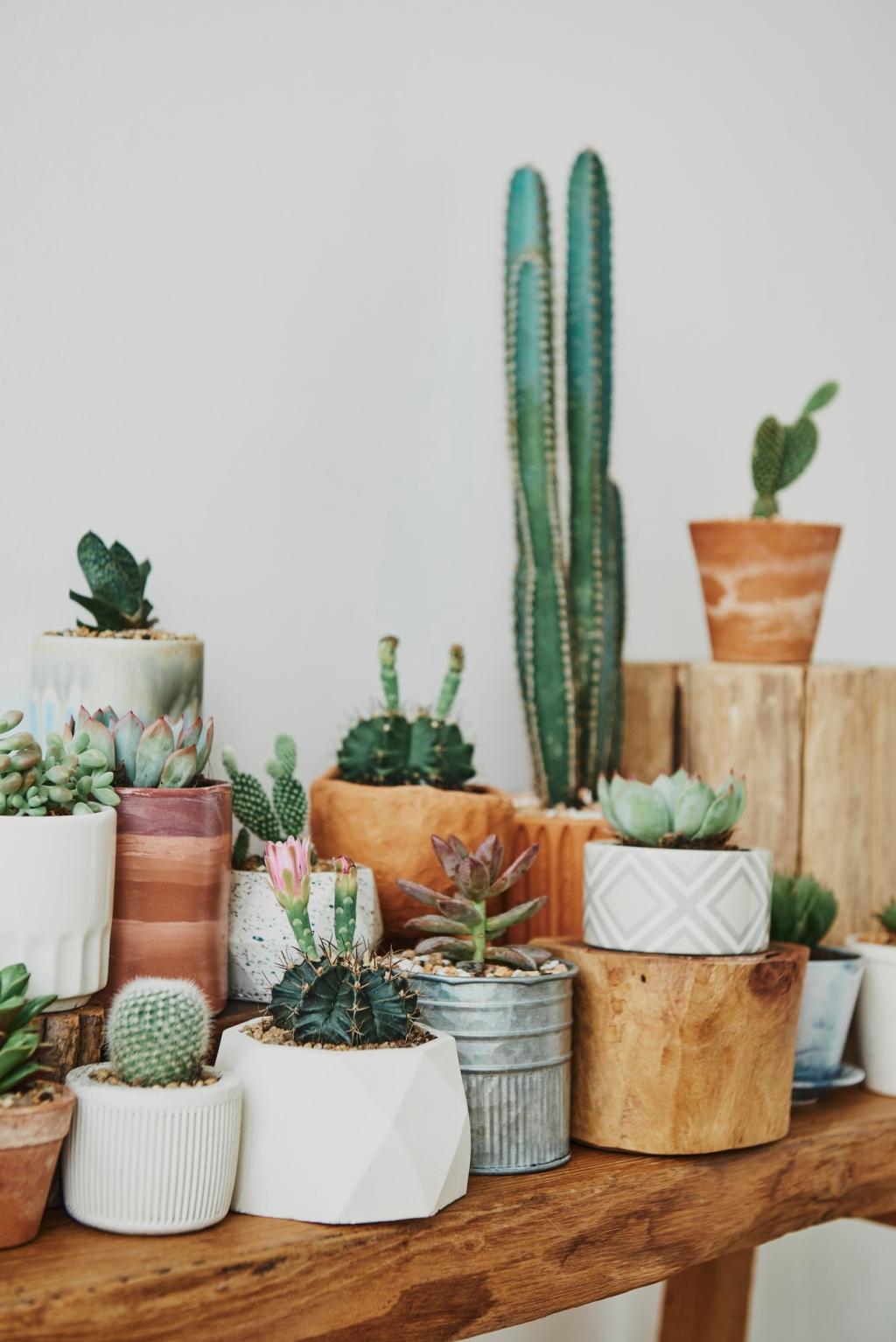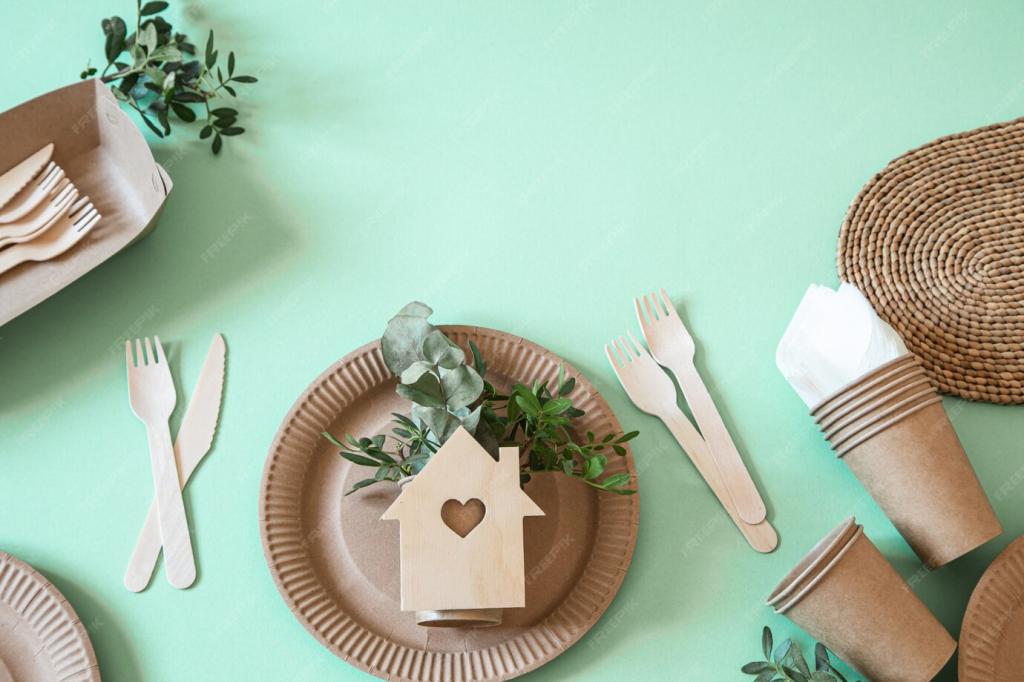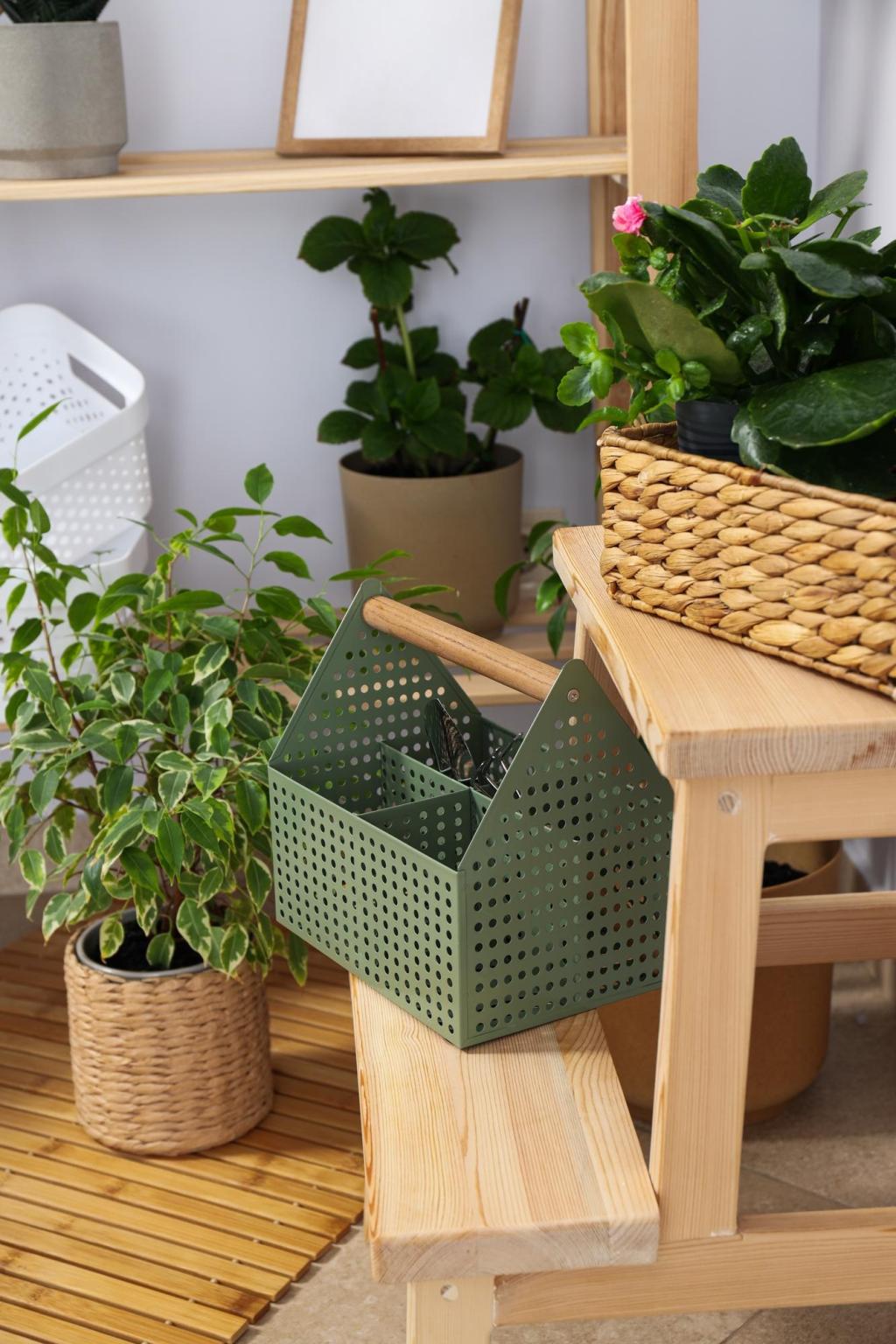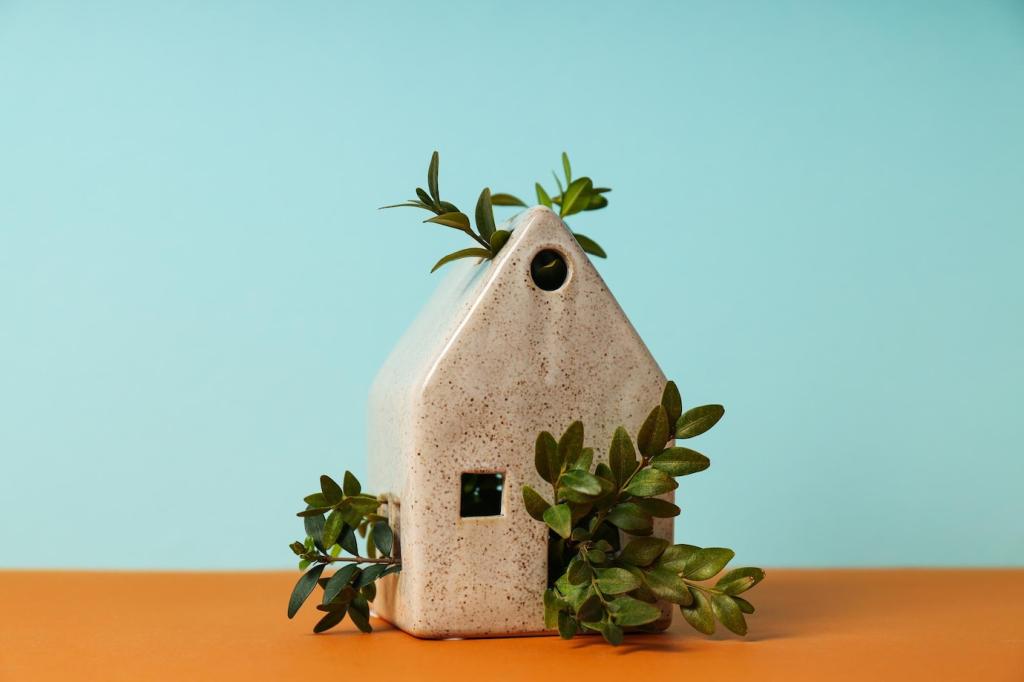Rapidly Renewable Materials: Bamboo, Cork, and Hemp
Engineered bamboo panels, veneers, and ply can be strong, stable, and visually warm. Look for formaldehyde-free binders and third-party certifications. Confirm harvesting practices and adhesive chemistry, then test samples under real light to check color shifts across the day.
Rapidly Renewable Materials: Bamboo, Cork, and Hemp
Harvested from the bark of cork oak without felling the tree, cork delivers gentle cushioning, thermal comfort, and excellent sound absorption. Choose high-density tiles with low-emission binders, and seal thoughtfully to balance durability with a soft, organic feel underfoot.








